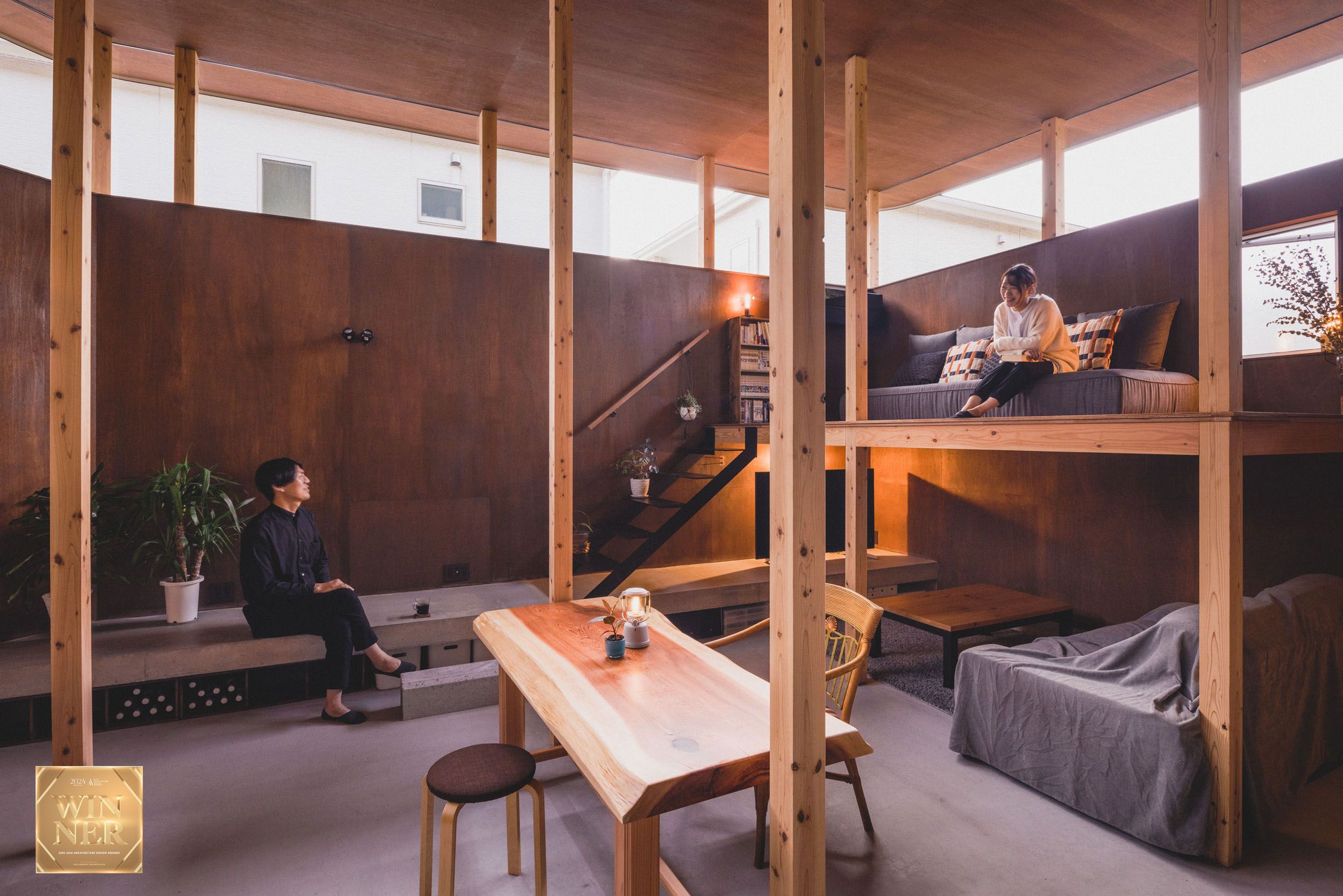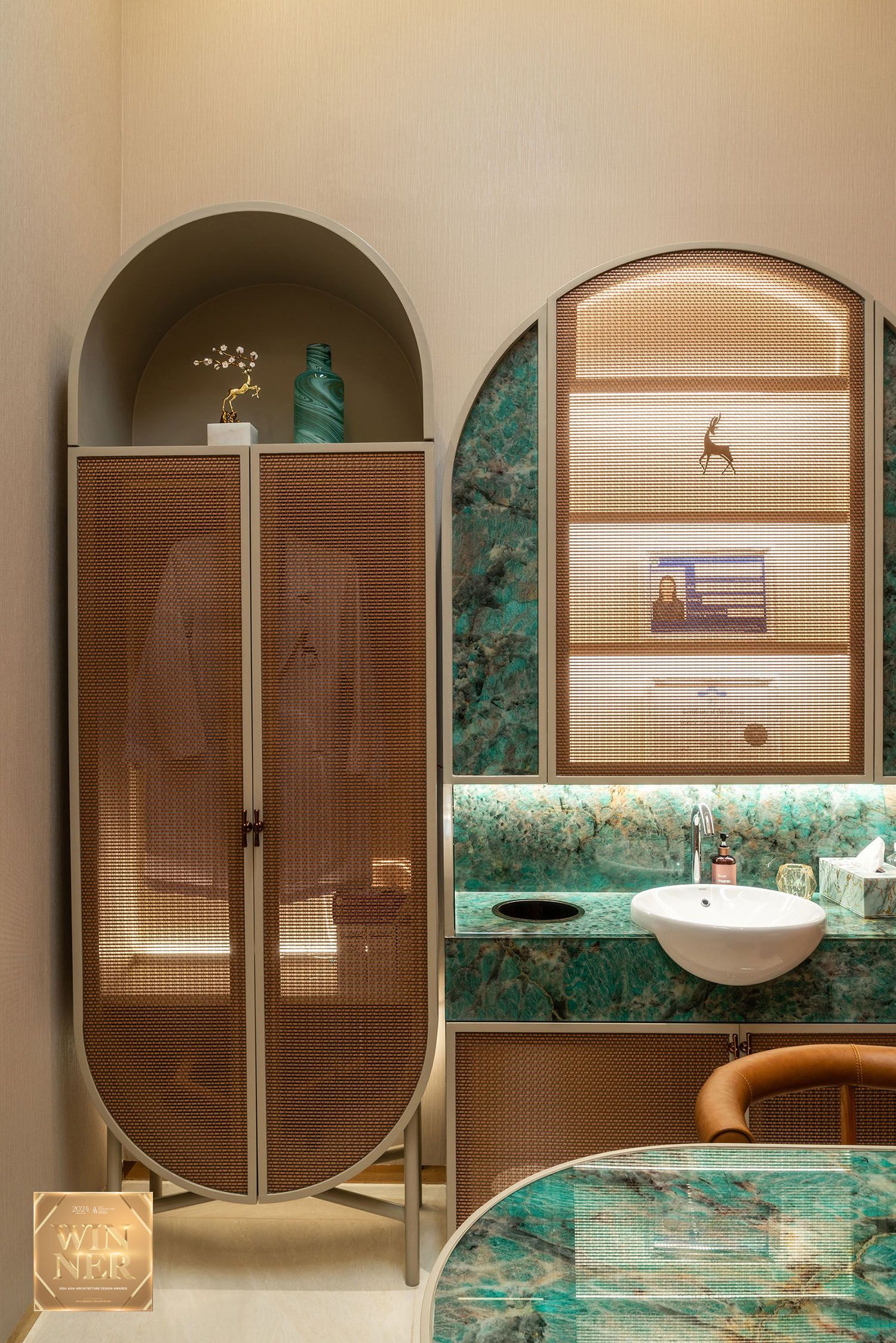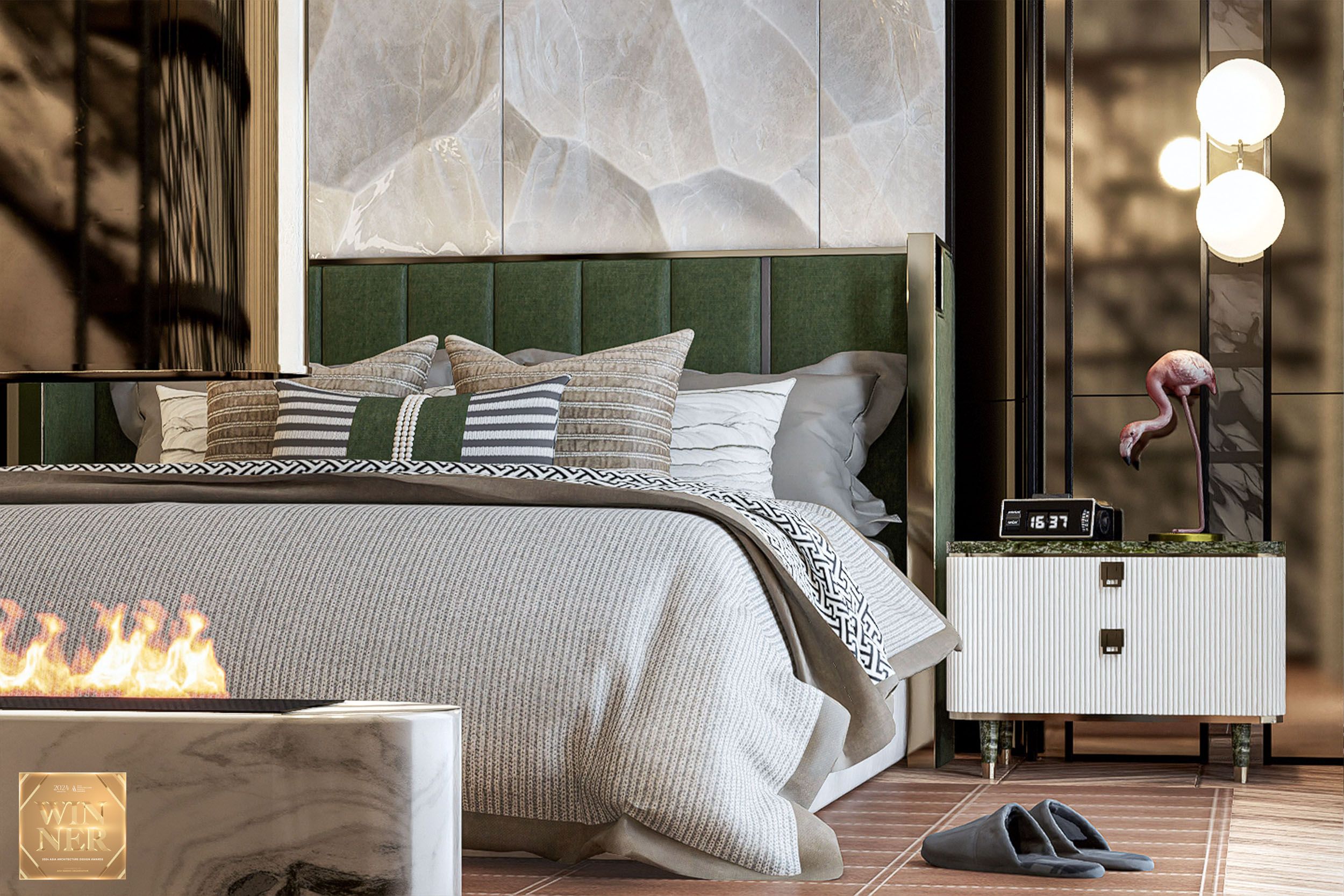
The Rise of Health-Conscious Interior Design: Enhancing Wellness and Safety
In recent years, the focus on health and well-being has transcended traditional boundaries, influencing various aspects of our lives, including interior design. As we navigate through the complexities of modern living, there is a growing emphasis on creating interior spaces that not only offer aesthetic appeal but also promote health and safety. This trend is particularly relevant in a post-pandemic world, where the need for improved air quality and infection prevention has become more pronounced.

Designing for Health and Safety: Key Trends
1. Enhanced Air Quality Management
One of the foremost concerns in health-conscious interior design is improving indoor air quality. High-efficiency air filters and ventilation systems have become integral components in modern interiors. These systems are designed to reduce airborne pollutants and allergens, ensuring that the air within our homes and workplaces is as clean as possible. Additionally, the incorporation of plants known for their air-purifying properties, such as snake plants and peace lilies, can contribute to a healthier indoor environment.
2. Antimicrobial and Easy-to-Clean Materials
The choice of materials plays a crucial role in maintaining hygiene. Designers are increasingly opting for antimicrobial surfaces and materials that are easy to clean and sanitize. For instance, copper and silver-infused materials, which have natural antimicrobial properties, are being used in high-touch areas like door handles and countertops. Similarly, non-porous surfaces such as quartz and ceramic tiles are favored for their resistance to bacteria and viruses.
3. Biophilic Design Elements
Biophilic design, which emphasizes the connection between humans and nature, is gaining traction for its health benefits. Integrating natural elements into interior spaces, such as natural light, greenery, and water features, can reduce stress and improve mental well-being. Large windows, skylights, and open-plan layouts that maximize natural light are becoming standard features in health-conscious designs.
4. Ergonomic and Adjustable Furniture
The importance of ergonomic design in furniture cannot be overstated, especially with the rise of remote work. Adjustable desks, supportive chairs, and ergonomic accessories help in promoting good posture and reducing strain, contributing to overall physical health. Customizable workstations that cater to individual needs can enhance comfort and productivity, while also preventing musculoskeletal issues.

5. Touchless Technology
In the wake of heightened hygiene awareness, touchless technology has become a significant trend in interior design. Touchless faucets, automatic lighting systems, and voice-activated controls minimize physical contact, thereby reducing the risk of cross-contamination. These innovations not only improve convenience but also align with the growing demand for hygienic living environments.
6. Stress-Reducing Color Schemes and Acoustics
Interior color schemes and acoustics are also being thoughtfully considered to enhance well-being. Soft, calming colors such as shades of blue and green are often used to create a serene atmosphere, while acoustic panels and soundproofing materials help in reducing noise pollution and stress levels. A well-designed acoustic environment can significantly impact mental health and productivity.
7. Flexibility and Personalization
Modern interior design increasingly prioritizes flexibility and personalization to cater to diverse health needs. Multi-functional spaces that can easily adapt to different activities, such as exercise or relaxation, are becoming more common. Personalization features, such as adjustable lighting and temperature controls, allow individuals to create environments that best suit their comfort and health preferences.

Looking Ahead
The rise of health-conscious interior design reflects a broader awareness of the intricate relationship between our living environments and our well-being. As we continue to learn more about the impact of our surroundings on our health, the interior design industry will likely see further innovations aimed at enhancing safety, comfort, and overall quality of life. Embracing these trends not only improves our immediate living conditions but also contributes to long-term health and wellness.
In conclusion, the integration of health-focused elements into interior design is more than a trend—it's a vital response to our evolving needs. By prioritizing air quality, using antimicrobial materials, incorporating biophilic elements, and adopting touchless technologies, we are paving the way for healthier, safer, and more enjoyable living spaces.